Our team of board-certified dermatologists provide a variety of medical, cosmetic, and surgical treatments in New Albany, IN. The Dermatology Center is experienced in treating both common and specialty dermatology conditions.
Our team of board-certified dermatologists provide a variety of medical, cosmetic, and surgical treatments in New Albany, IN. The Dermatology Center is experienced in treating both common and specialty dermatology conditions.
Our team of board-certified dermatologists provide a variety of medical, cosmetic, and surgical treatments in New Albany, IN. The Dermatology Center is experienced in treating both common and specialty dermatology conditions.
Schedule AppointmentImprove the health and appearance of your skin with our cosmetic dermatology services at The Dermatology Center in New Albany. We offer a range of non-invasive and minimally invasive treatments, such as chemical peels, laser treatments, and injectables, to address concerns like wrinkles, dark spots, acne, and unwanted hair.
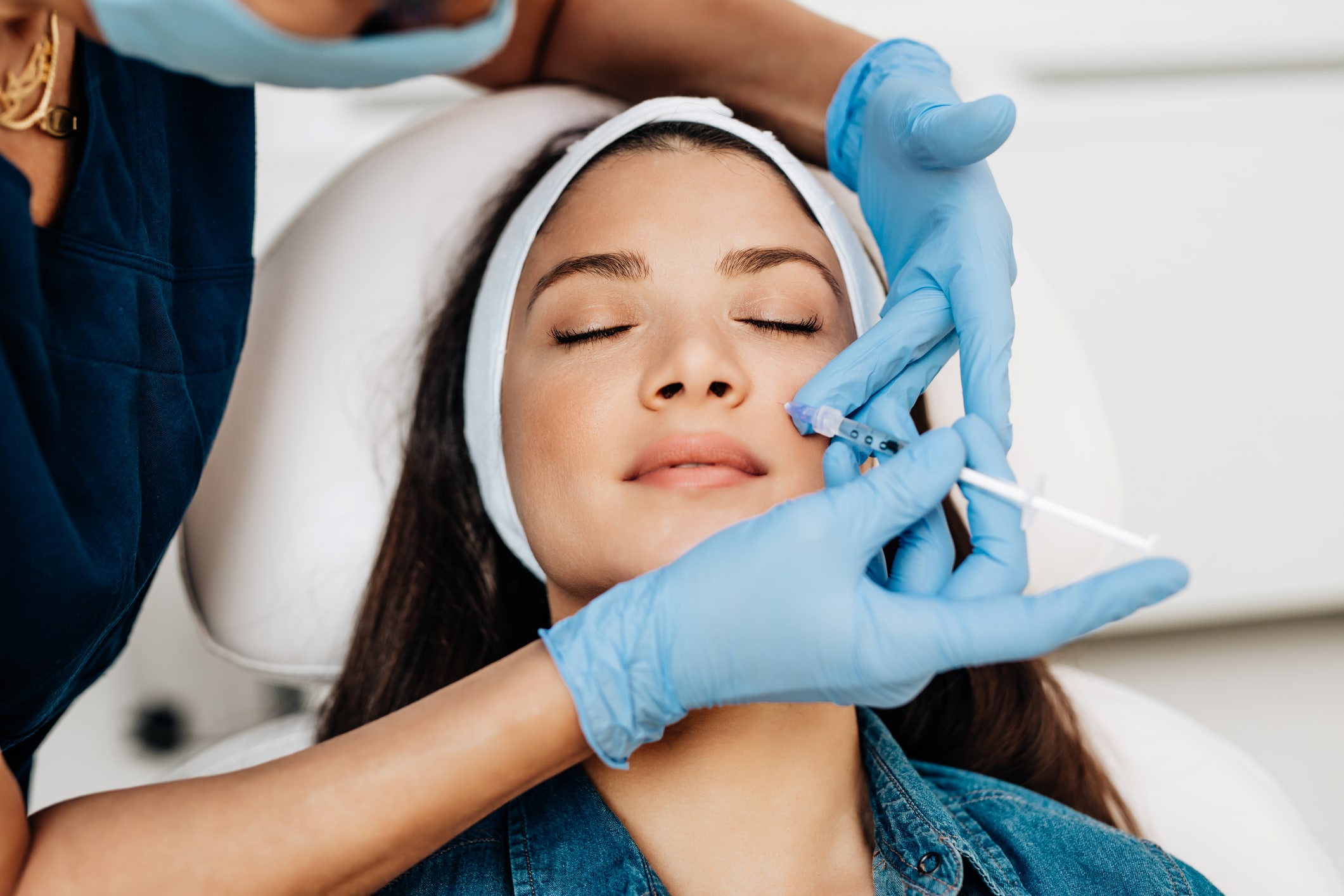
Smooth wrinkles and restore volume with safe and effective Botox & Filler treatments for a youthful look.

Renew your skin with our range of chemical peel options, customized to your individual skin type and concerns, for brighter, smoother, and more radiant skin.
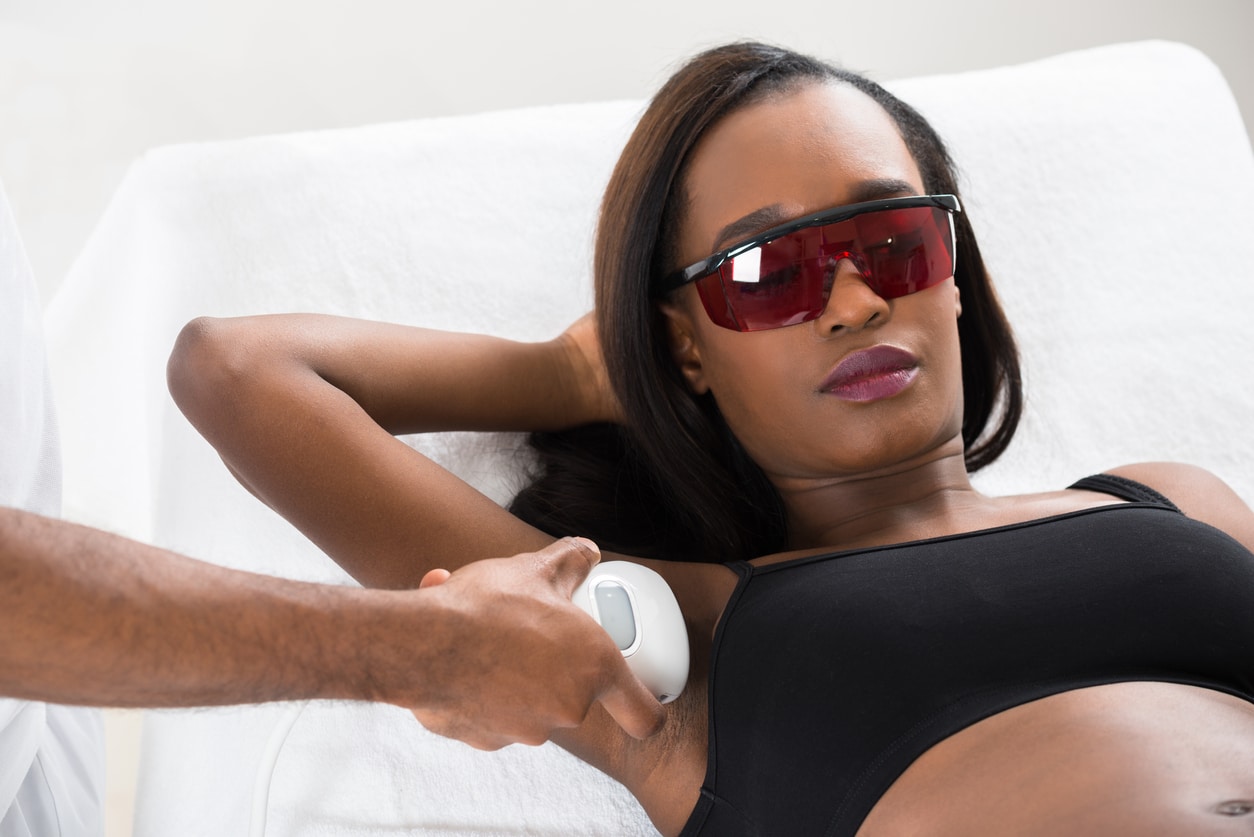
Get smooth and hair-free skin with our laser hair removal treatments, which use advanced laser technology to target and destroy hair follicles, leading to permanent hair reduction.
We offer a range of medical dermatology services to diagnose and treat various skin conditions. Our team of board-certified dermatologists has the expertise to help with issues like acne, psoriasis, rosacea, skin cancer, and more.
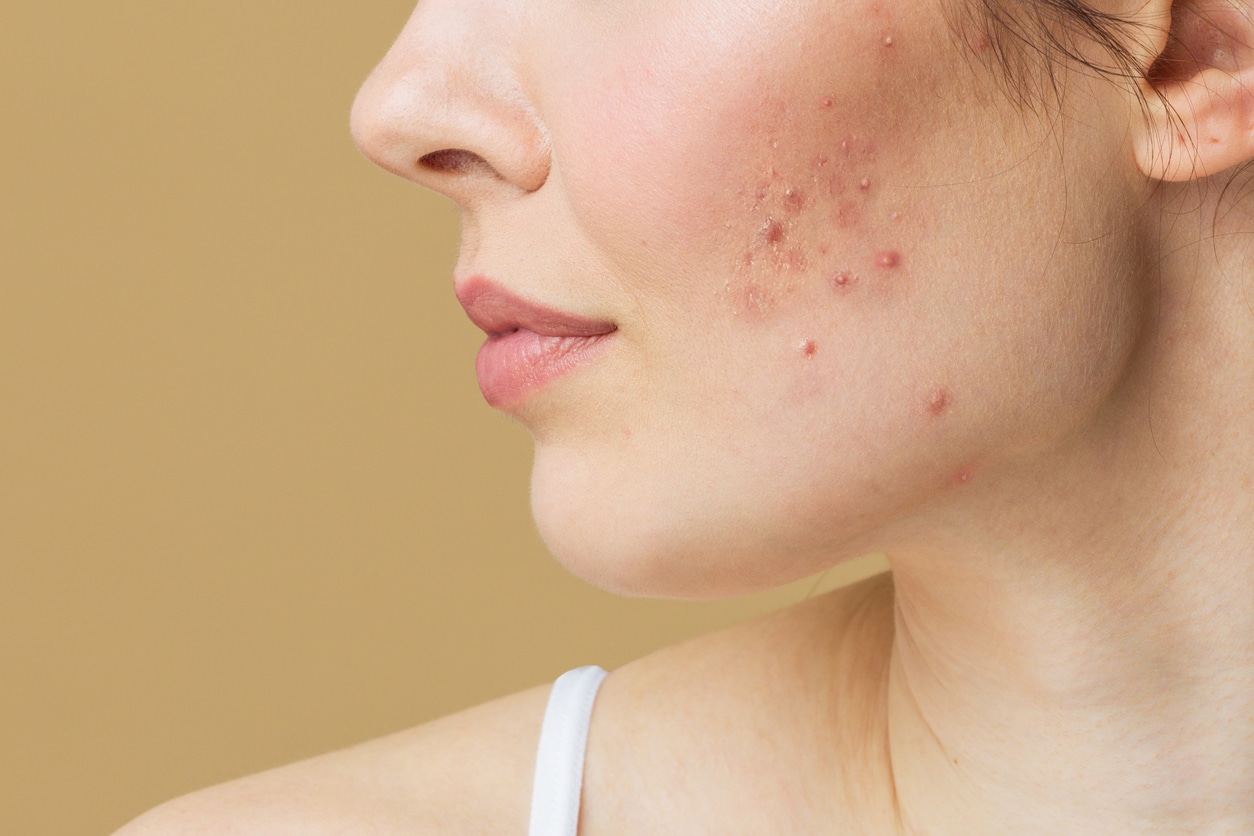
Learn about effective acne treatments, including topical creams, oral medications, and lifestyle changes, to achieve clear and healthy skin.
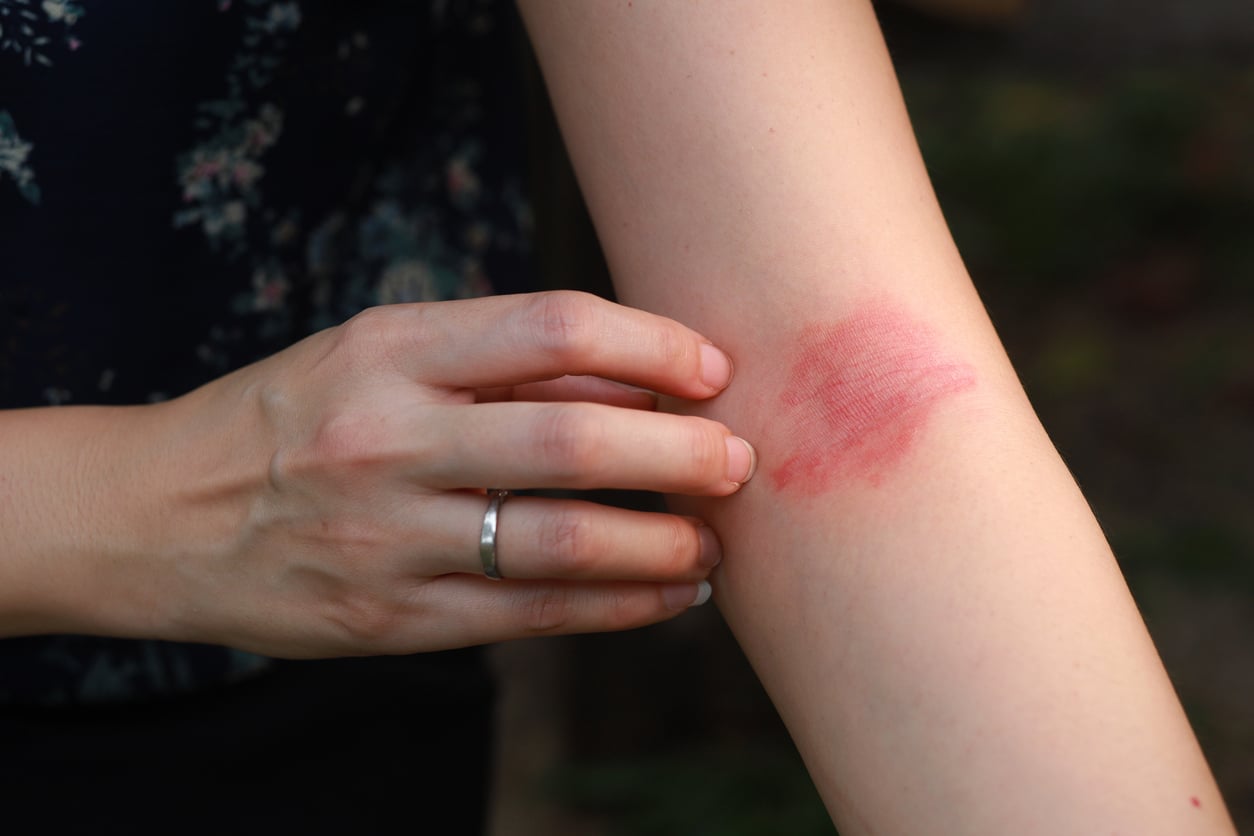
Get relief from itchy, painful, or unsightly rashes with our comprehensive treatment options, including prescription medications, topical creams, and lifestyle modifications.
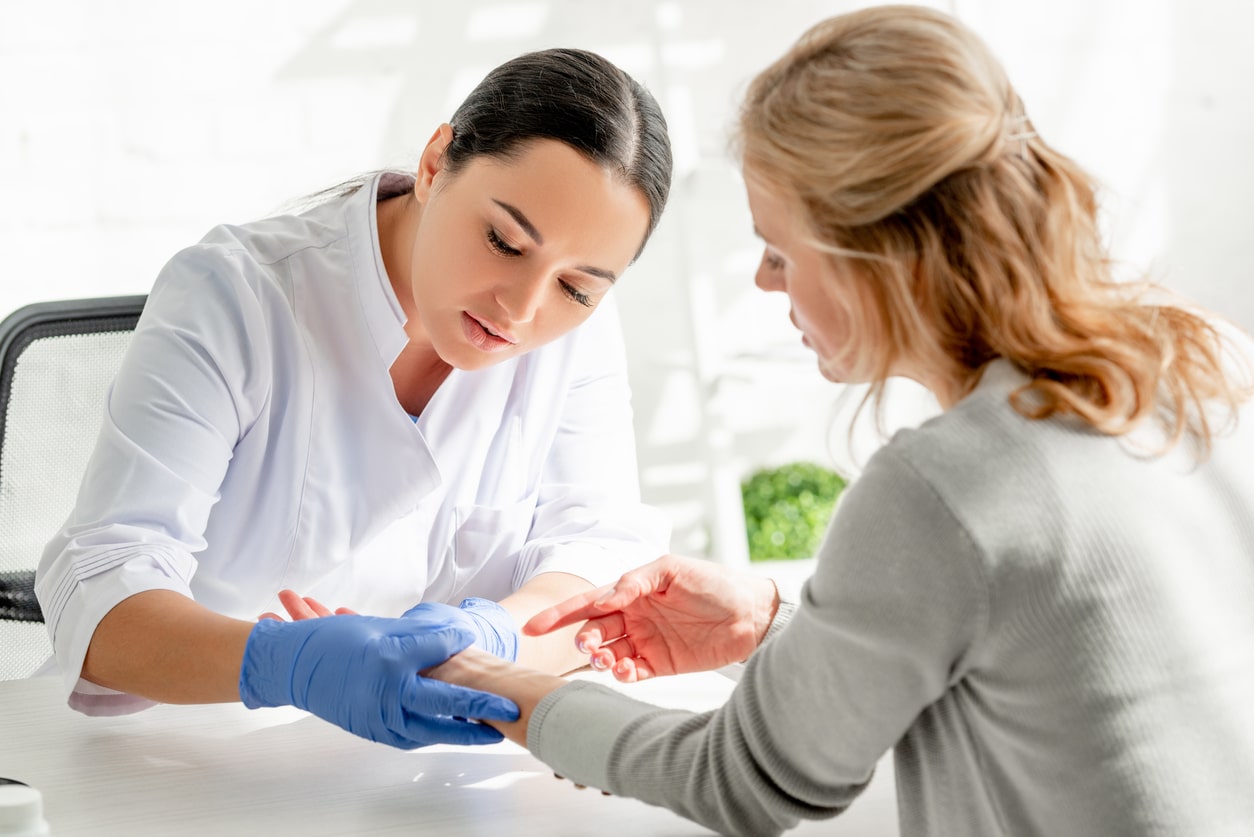
Protect your skin health with regular skin cancer screenings and advanced treatment options, including Mohs surgery, topical chemotherapy, and immunotherapy.
At our clinic, we offer comprehensive surgical dermatology services to address a variety of skin conditions. Our board-certified dermatologic surgeons are highly skilled in performing procedures like skin cancer excisions, Mohs surgery, and cosmetic surgeries to help you achieve your aesthetic goals.
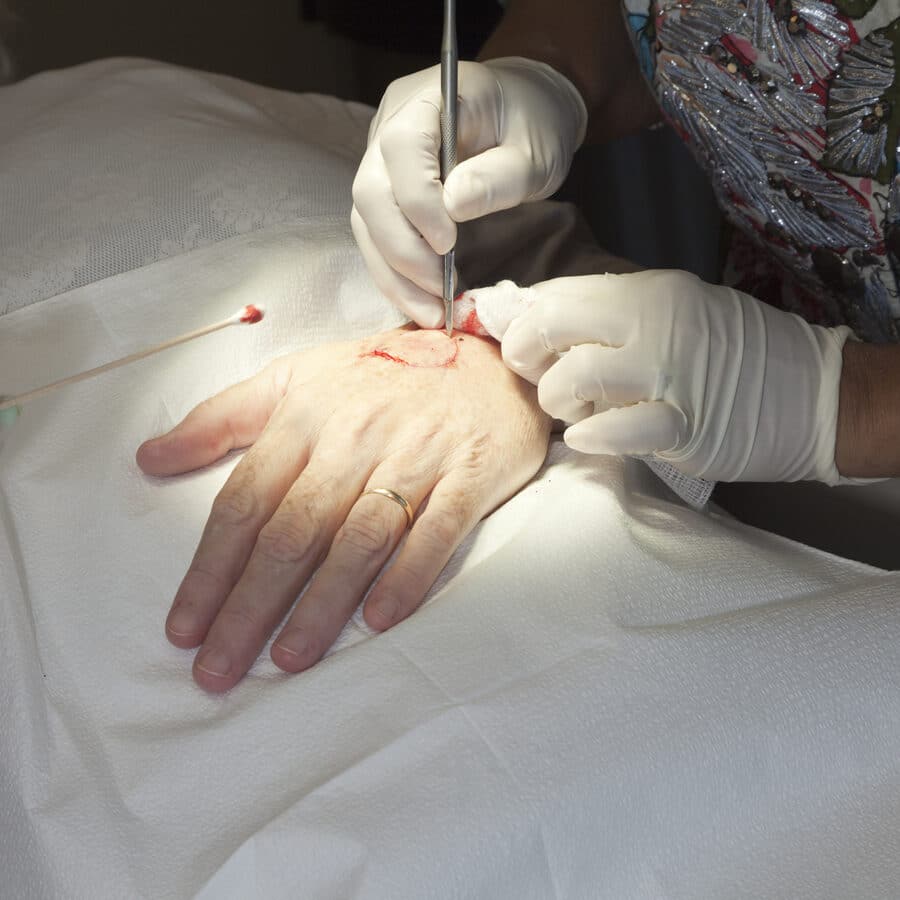
Trust our expert Mohs surgeons for precise and effective removal of skin cancer, utilizing the Mohs micrographic surgery technique, known for its high cure rates and minimal scarring.

Remove unwanted skin lesions and growths with our expert excision techniques, which ensure precise and thorough removal, minimal scarring, and optimal healing.

A biopsy works by taking a small sample of tissue from a suspect area in the body so that it can be tested under lab conditions for certain diseases and disorders.
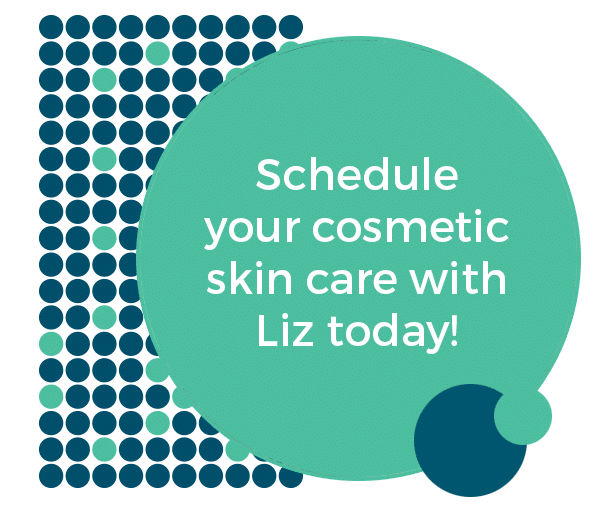
Liz provides a variety of aesthetic services to patients looking to enhance their current skincare routine, and achieve the healthy, glowing skin they are looking for.
Liz’s aesthetic offerings include:
Welcome! Since 1997, The Dermatology Center has strived to provide the best dermatological care to patients of Southern Indiana and Kentucky. Dr. Duane Banet’s experience in dermatology is coupled with genuine concern for his patients. Our dedicated staff works as a team to provide you with prompt professional service. Our goal is to provide comprehensive and effective skincare by enabling patients to protect, maintain, and enhance the appearance and health of their skin.
To pay a bill, please call our billing team at 833-678-0905.

2857 Charlestown Rd.
Ste. 100
New Albany, IN, 47150


Monday: 8am – 4:30pm
Tuesday: 8am – 4:30pm
Wednesday: 8am – 4:30pm
Thursday: 8am – 4:30pm
Friday: 8am – 4:30pm
Saturday & Sunday: Closed
Why is Mohs Surgery Considered the Gold Standard in Skin Cancer Treatment?


Mohs surgery has the highest cure rate for primary tumors, with success rates of up to 99%. Even for recurrent tumors, the cure rate is high, with success rates of up to 94%.


Mohs surgery is performed in a single-visit office setting, minimizing the need for multiple appointments. It can be performed under local anesthesia, reducing the risks associated with general anesthesia.


Mohs surgery is performed as a single outpatient procedure, reducing the need for multiple surgeries. Additionally, the cost of the surgery includes pathology and wound repair.


Mohs surgery leaves the smallest defect possible while still ensuring complete removal of cancerous tissue. This also maximizes the aesthetic result, making it an ideal choice for treating skin cancers in cosmetically sensitive areas.


Mohs surgery is the most precise approach available, as it allows for the examination of 100% of tumor margins. This technique also spares healthy tissue.


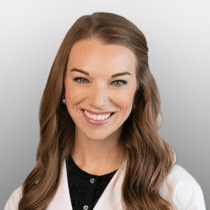



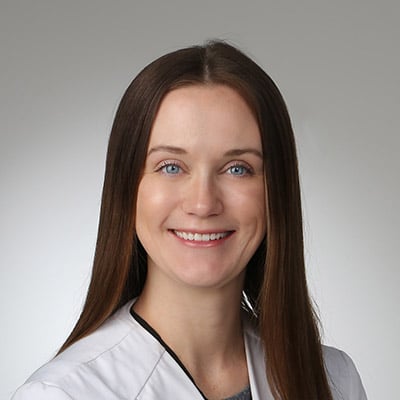
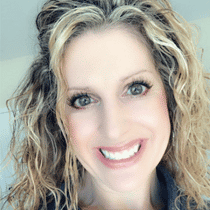

Elevate your skincare routine with microneedling at our New Albany dermatology clinic. This innovative treatment harnesses the body’s natural healing response to stimulate collagen production, improving skin texture, fine lines, and scars. Our skilled practitioners create a comfortable experience, using specialized techniques to ensure optimal results and a revitalized complexion.
At The Dermatology Center in New Albany, we understand the importance of exceptional dermatology care. That's why our board-certified dermatologists and skilled aestheticians work tirelessly to provide exceptional service to all our patients.
We accept most traditional insurance plans. Please contact our office to verify acceptance of your plan. Qualifications for insurance coverage may differ due to the uniqueness of each procedure. We are happy to file insurance for your reimbursement. You will need to follow your insurance company’s guidelines on referral to a specialist.



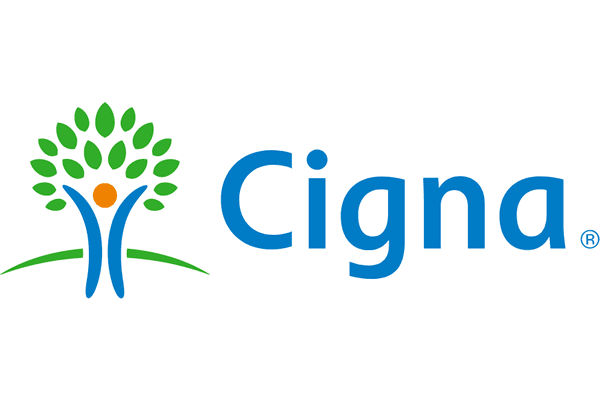




Here we have provided answers to some of the most common questions asked by patients about skin health and care. Our goal is to provide you with information that will help you make informed decisions about your skin health and beauty needs.
What dermatology treatments does our practice specialize in?
We offer a variety of skin care services to help with issues like acne, rashes, lesions, rosacea, skin growths, eczema, skin cancer identification and treatment, and much more.
What cosmetic dermatology treatments does our practice specialize in?
We offer a variety of cosmetic treatments to help with wrinkles, fine lines, scars, skin tightening, unwanted hair and more. Check out a complete list of our services on our website.
Why choose a board-certified dermatologist?
Trust your skin care to a professional. Board-certified dermatologists have completed medical school and three to four years of advanced medical training in diseases of the skin, hair and nails. They’ve passed rigorous exams in dermatology to specialize in treating over 3,000 conditions. They’ve also made the commitment to keep up on the latest advanced in dermatology.
How can I make or reschedule an appointment?
Scheduling or updating an appointment is easy. Simply give us a call or message us through Klara chat on our website.
How can I prepare for my dermatology appointment?
If coming for your first visit, please bring your insurance card, if applicable, and a legal guardian if you are under the age of 18. Please come prepared to provide your health history on your new patient paperwork as well.
What should I expect during my initial consultation?
Your first visit begins with a consultation with your board-certified dermatologist. Prior to care, we will get your health history and perform a clinical evaluation of the skin to determine which treatment options are the best fit. We will customize both a treatment plan and a skin care regimen if desired. Important pre- and post-treatment instructions will also be provided to accompany most treatments.
What insurances do you accept?
We accept a variety of major insurances for your skin care. We have example of insurances we accept on our website. If you don’t see your insurance listed, please contact us and we will verify if we accept. Any cosmetic procedures or products purchased in our office are out-of-pocket expenses that will not be covered by insurance; our staff will ensure that you are fully informed of all of these expenses prior to obtaining your consent for the procedure. To avoid the unpleasant surprise of an unexpected medical bill, please ask to speak to a member of our billing department before your visit if you have any questions or concerns about insurance coverage of your scheduled procedure.
What is the difference between a deductible, copay and coinsurance?
All three are medical charges you must pay out of your own pocket, even if you have insurance. Deductibles are a specific amount you must accumulate and pay each year of covered health services before benefits are provided by your carrier. Plans may also have separate individual and family deductibles and/or deductibles for separate services. Copayments are a set fee the member pays to providers at the time services are provided. Copays are applied to office visits, emergency room visits, hospital admissions, etc. Coinsurance is a form of cost sharing. After your deductible has been met, plan will begin paying a percentage of your bills. The remaining amount, known as co-insurance, is the portion due by the patient.
How does your patient portal work?
With our patient portal, you can access and manage your appointments, get test results, update your contact/patient information and pay your bills online. Speak with one of our team members for how to gain access to your patient portal.
Can I buy skin care products at the practice?
Yes, we do carry select skin care items from industry-leading brands. Visit our practice for more information or give us a call for more information.
Why choose the providers at The Dermatology Center New Albany?
Since 1997, The Dermatology Center has strived to provide the best dermatological care to patients of Southern Indiana and Kentucky. Dr. Duane Banet has extensive experience in dermatology and a genuine concern for his patients. Our staff work as a team to provide the best service in the area. But don’t just take it from us, here’s a recent review from one of our patients:
“I’ve been to the Dermatology Center in New Albany three times now, and every time, the staff is professional, but also very kind, very thorough, and very considerate. I am amazed at the service I get every time I go there. I highly recommend this place to any and everybody looking for a dermatologist!!”
What is Aldara?
Aldara (imiquimod) is a prescription topical cream that works as an immune response modifier. Aldara works by stimulating the immune system to treat certain skin diseases.
Aldara can be used to teat acetic keratosis on the face and scalp in adults. It can also be used to treat external genital warts and even superficial basal cell carcinoma when surgery is not recommended.
Patients using Aldara can see results after eight to 10 weeks but may see results as a soon as four weeks.
How is alopecia treated?
If you have received a diagnosis of alopecia areata, you may feel scared and unsure of what your next steps should be. However, when treatment is needed, your age, the amount of hair loss, and where the hair loss occurs all factor into what treatment your dermatologist will recommend. For a full list of treatments for alopecia areata, click here.
How often should I receive a full-body skin exam?
Regularly scheduling a full-body skin exam can play a huge role in the prevention and intervention of skin cancer. We recommend that most patients have a full-body skin exam once a year starting at age 35. However, depending on your personal risk of skin cancer, you may have to come earlier or more frequently.
What are the symptoms of psoriasis?
Symptoms of psoriasis vary from person to person and may include:
What kind of aftercare will I need after my procedure?
After your procedures, it’s important to make sure your wound or treated area is well taken care of. Here are specific instructions for some common procedures:
If you need aftercare instructions for a different kind of procedure, please reach out to us.
